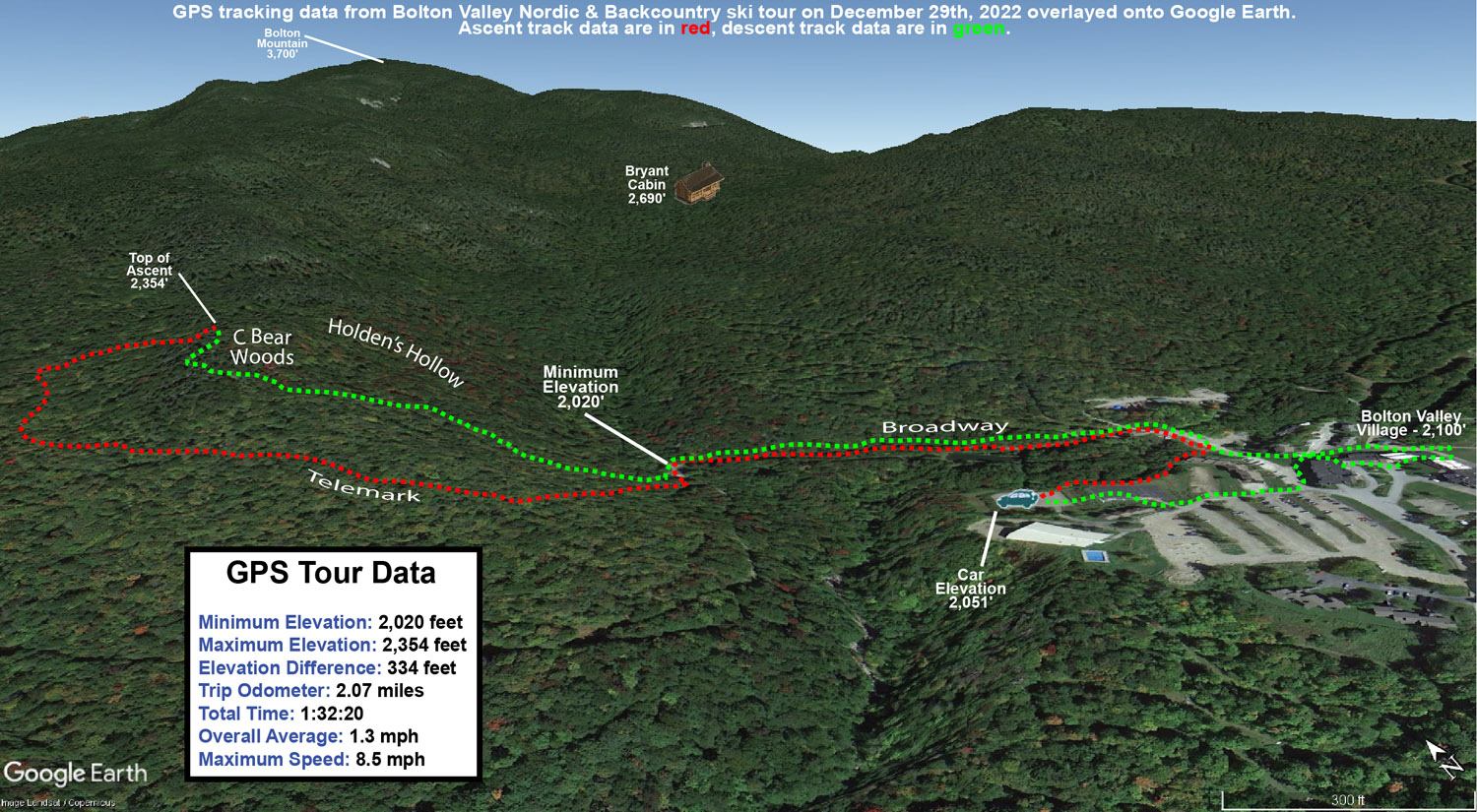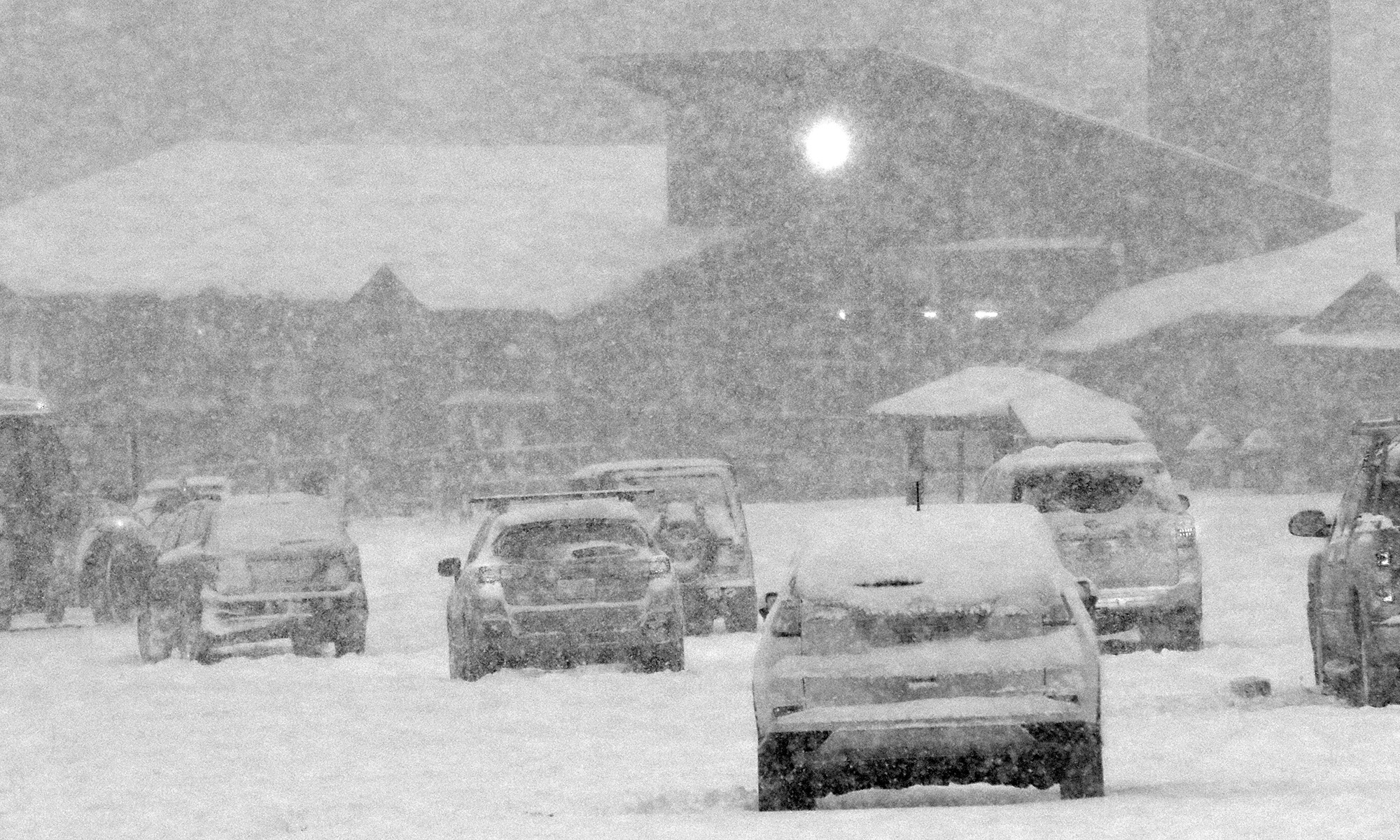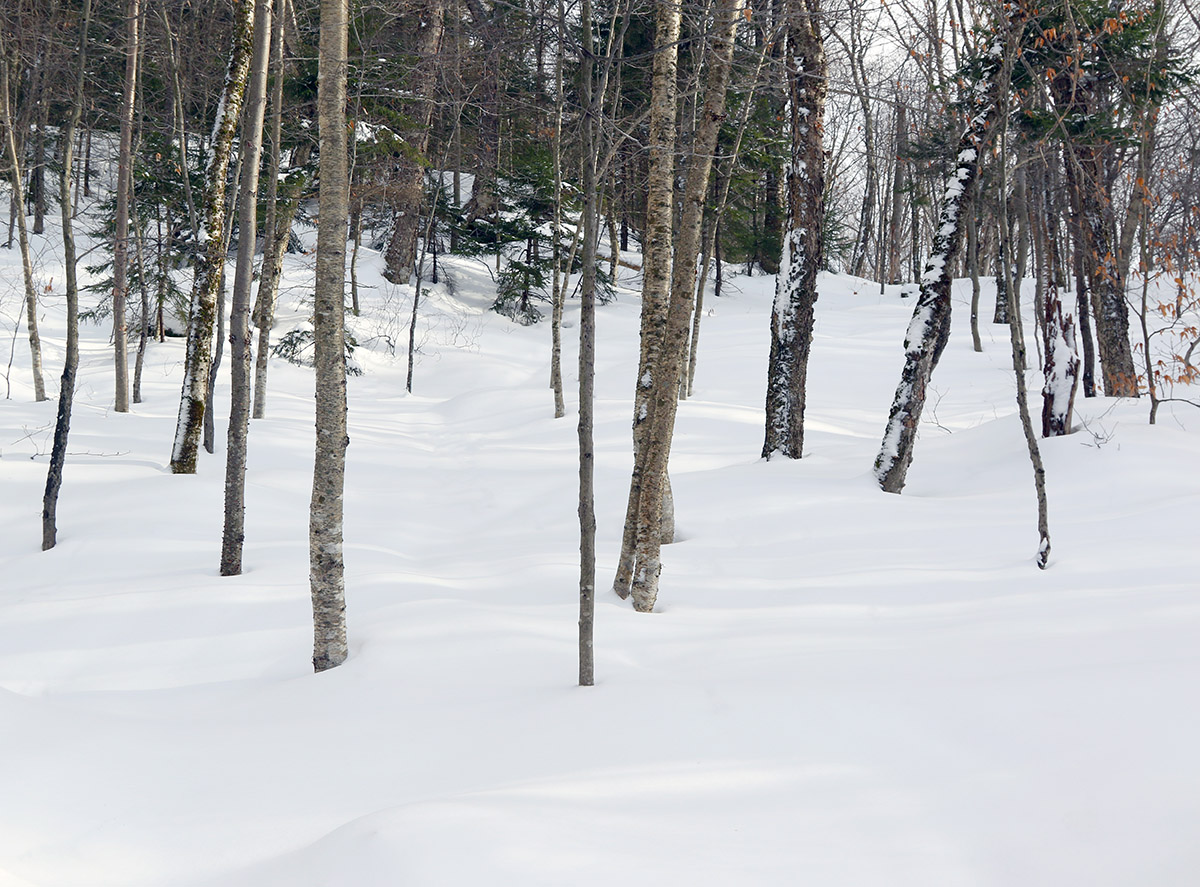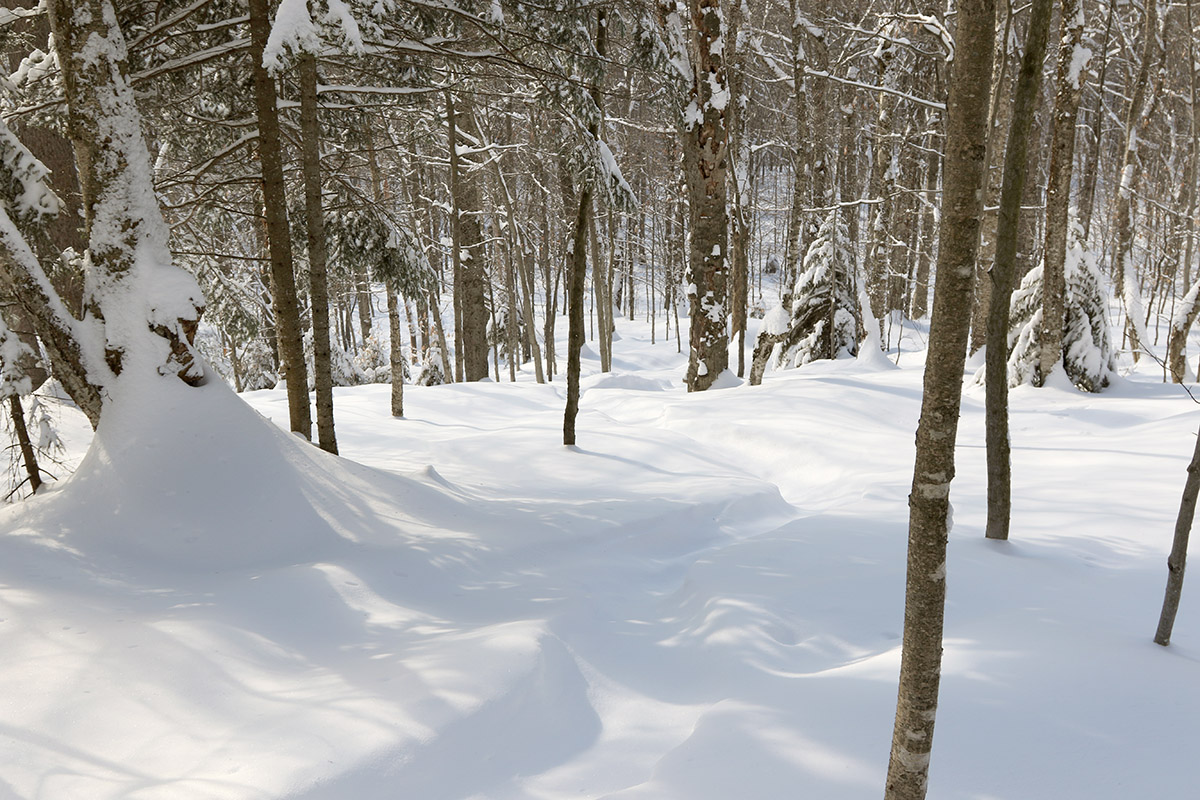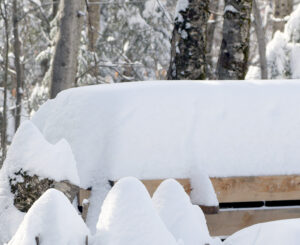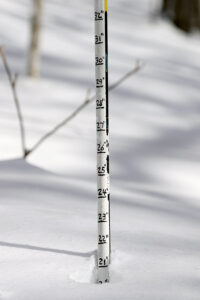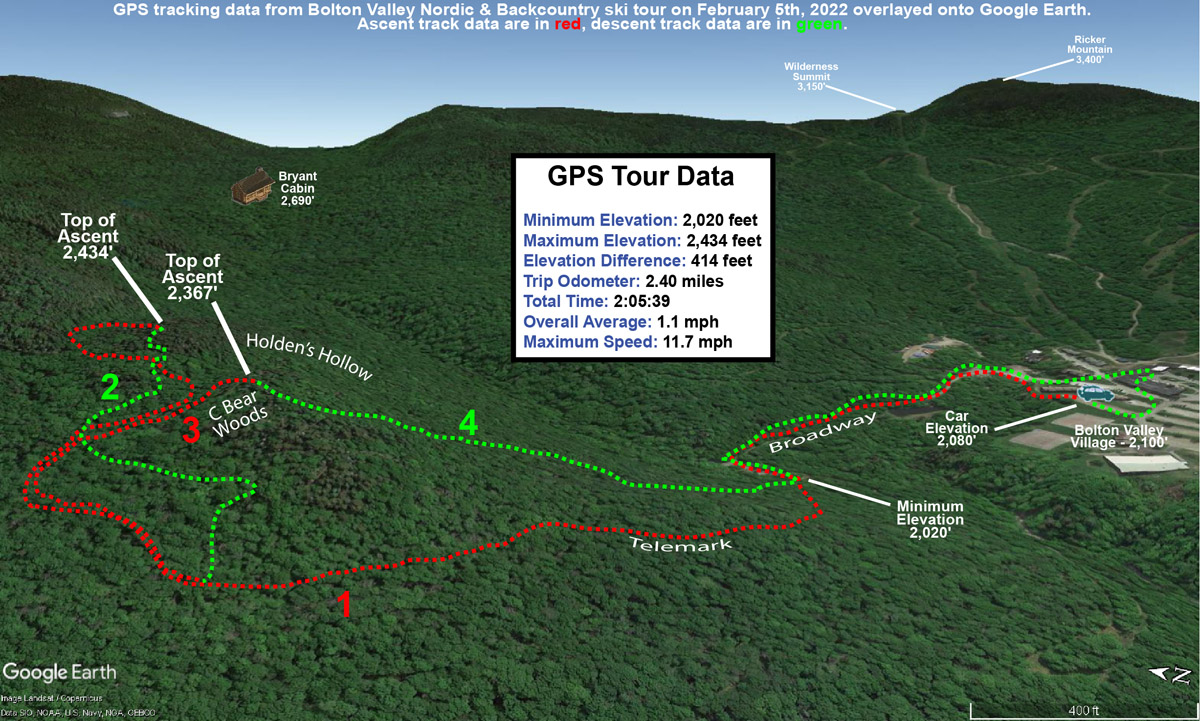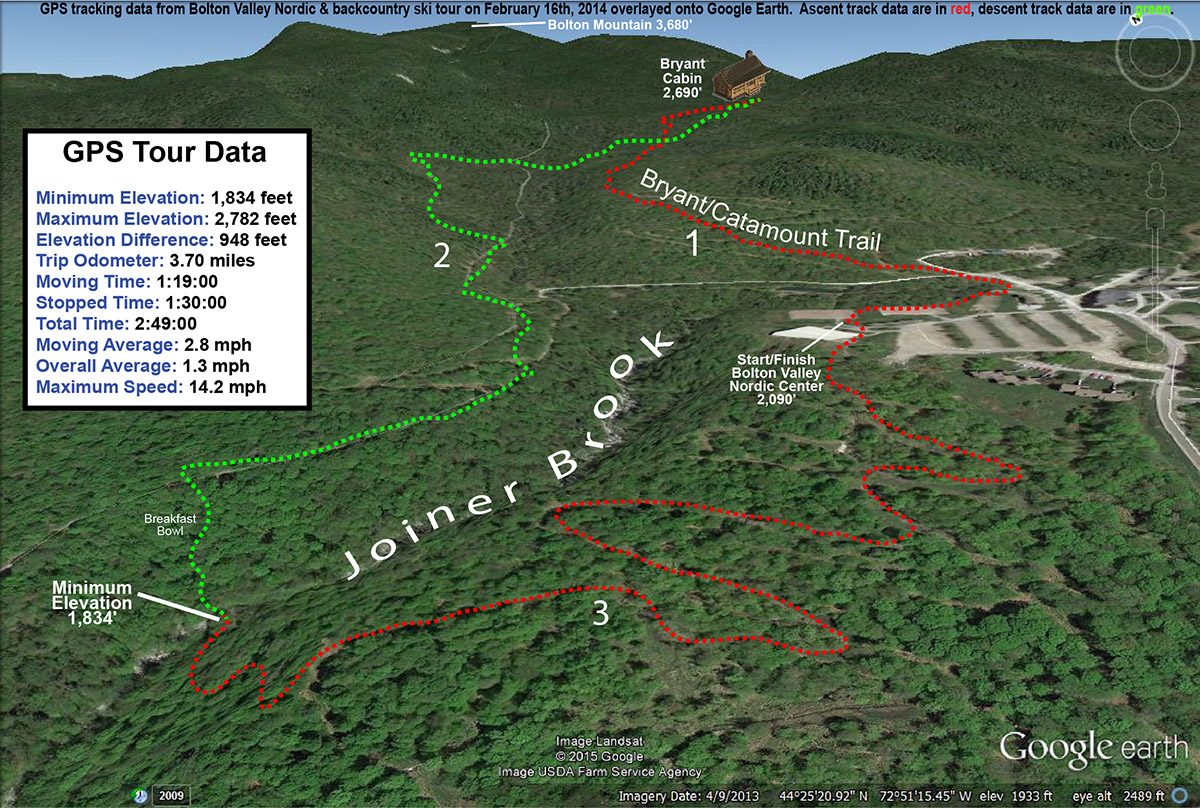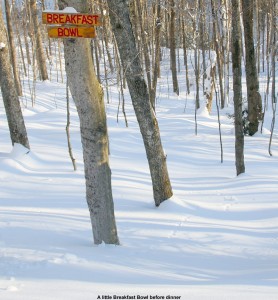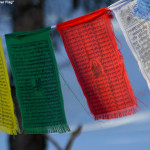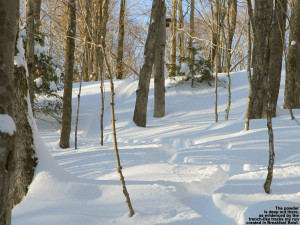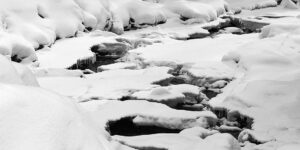
I wasn’t exactly sure where on Bolton’s backcountry network today’s ski tour was going to take me, but my plan was to start with an ascent up to the start of the C Bear Woods, and then go from there. I haven’t toured in that part of the Network yet this season, but the ridgeline there tops out around 2,400’, so starting in the lower Village, it would give me a good sampling of the snowpack in the 2,000’ to 2,400’ elevation range.
For my tour back on Monday on some of the lower sections of the Network I topped out around 1,800’ and generally found 6 to 12 inches of powder, and the tenor of the powder skiing was that something with a bit more pitch would be appropriate for the snow depth. With continued rounds of snow accumulation over the past couple of days (and an additional 2 to 3 inches reported in the past 24 hours at Bolton as of this morning’s update), I figured the powder might even be a notch up from where it had been at that point.
It was midmorning by the time I arrived at the Village, and temperatures were very comfortable in the lower 30s F. Being the big holiday week, the resort was really humming, and they were already parking folks in the lower Nordic Center parking lot. That worked out well for me though, since it’s right on the Broadway Trail that links in nicely with the heart of the Backcountry Network.
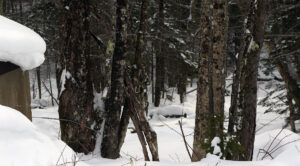
Around 2,000’ in the open areas of the Village, the depth of the surface snow was quite variable between the effects of the wind and sun, but in general I found 5 to 6 inches of powder over a consolidated base. There wasn’t any obvious rain crust, but there was a denser layer below the powder. That layer generally wasn’t present in the trees, so I assume it was from wind and sun. Up at 2,400’ I’d say powder depths were about the same as what I found in the 1,500’ to 1,800’ elevation range on Monday, so between additional accumulations and settling, I guess things roughly held pat at that level. The pitches near the top of the ridge there are up in the black diamond range, and I think the uppermost parts of the ridgeline were a bit windswept because the snowpack wasn’t sufficient for confident turns in that area. Noticing that, I headed southward to the right of the main C Bear Woods entrance into some other areas of glades to shallow out my overall run. Intermediate pitches offered nice turns, and the snowpack easily supported that type of skiing. The best turns of that descent were in the lower slopes among the moderate and lower angle pitches as I got back toward Brook Run.
I’d left the option open to extend my tour up toward some of the Bryant Trail terrain, but it was approaching midday and the powder was already started to get denser and a bit sticky as the temperatures pushed above freezing. As I headed to the main base area, it was turning into a fantastic day with breaks of sun and temperatures moving into the 30s F. That’s a pretty nice combination for the holiday visitors to have comfortable temperatures and some decent snowpack, and it will be interesting to see how this holiday week plays out overall for visitation at the local resorts. It’s been pretty sweet to have some daily refresher snowfalls recently to bolster the snowpack, and the snow reports I’ve seen from the resorts around here have indicated that it’s been allowing them to continue to open new terrain and expand the trail count. Visitors to the slopes should generally be treated to some comfortable temperatures for the remained of the holiday week, which I think many would take over the subzero spells that can often occur around the start of the new year. It looks like anyone going out on Sunday might have to dodge a bit of rain though based on the current forecast.
This may be one of the nicer holiday week’s we’ve had recently in terms of the quality of the skiing. Looking at my notes, I’ve had a half dozen backcountry ski tours in about the past ten days, and that’s pretty decent because sometimes the backcountry doesn’t even get rolling until January or February. On average, it should get going (at least on low and moderate angle terrain) in mid-December here in the Northern Greens, but the past three seasons haven’t hit 24 inches at the Mt. Mansfield Stake until January. Technically, the stake only hit the 24-inch mark for the first time this season on Tuesday, but it’s been hovering in the 20-inch range since mid-month when Winter Storm Diaz hit, and the snowpack came together in such a way that those 20-ish inches were sufficient to put a lot of the local backcountry terrain in play for quality turns.
